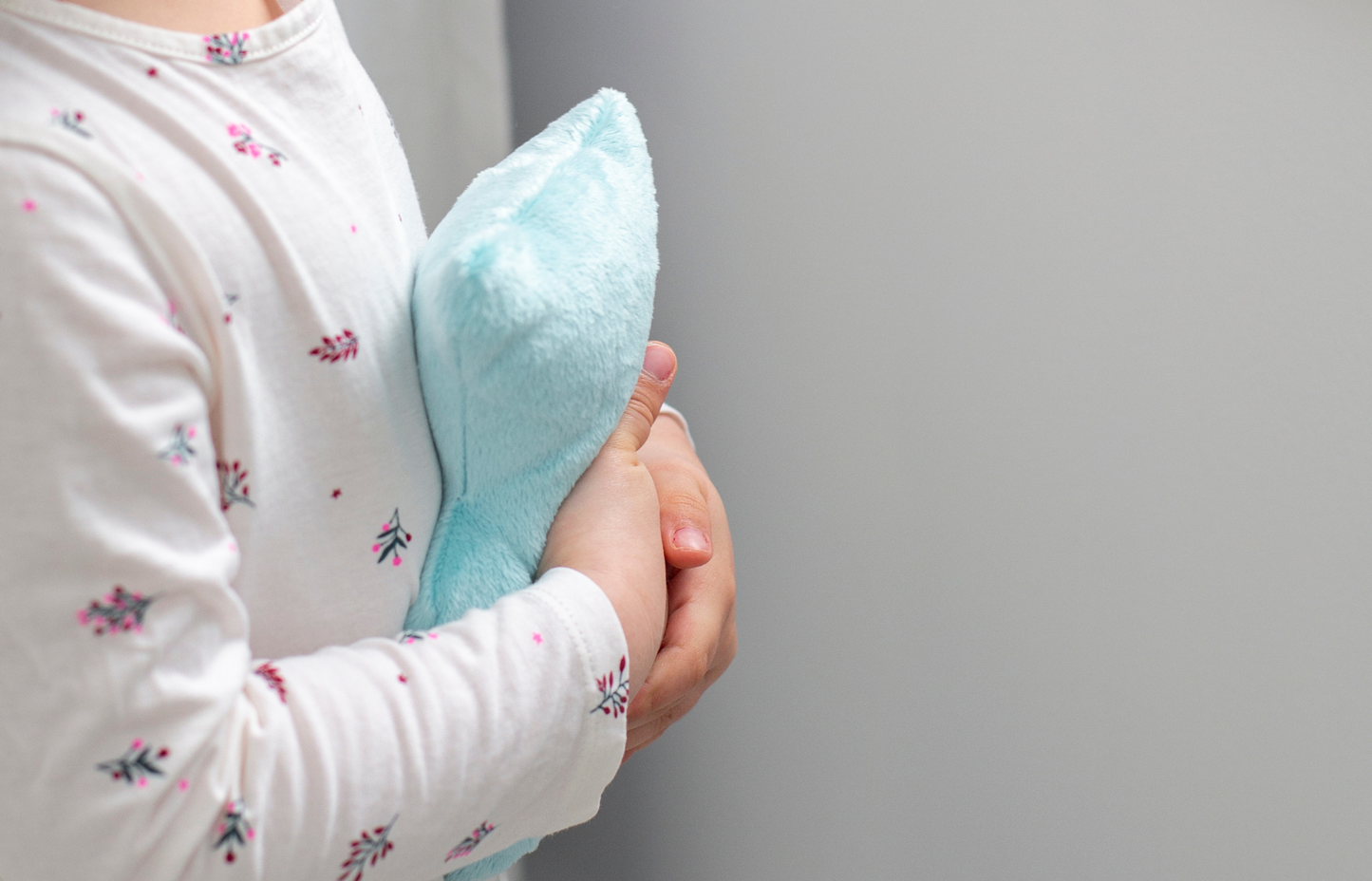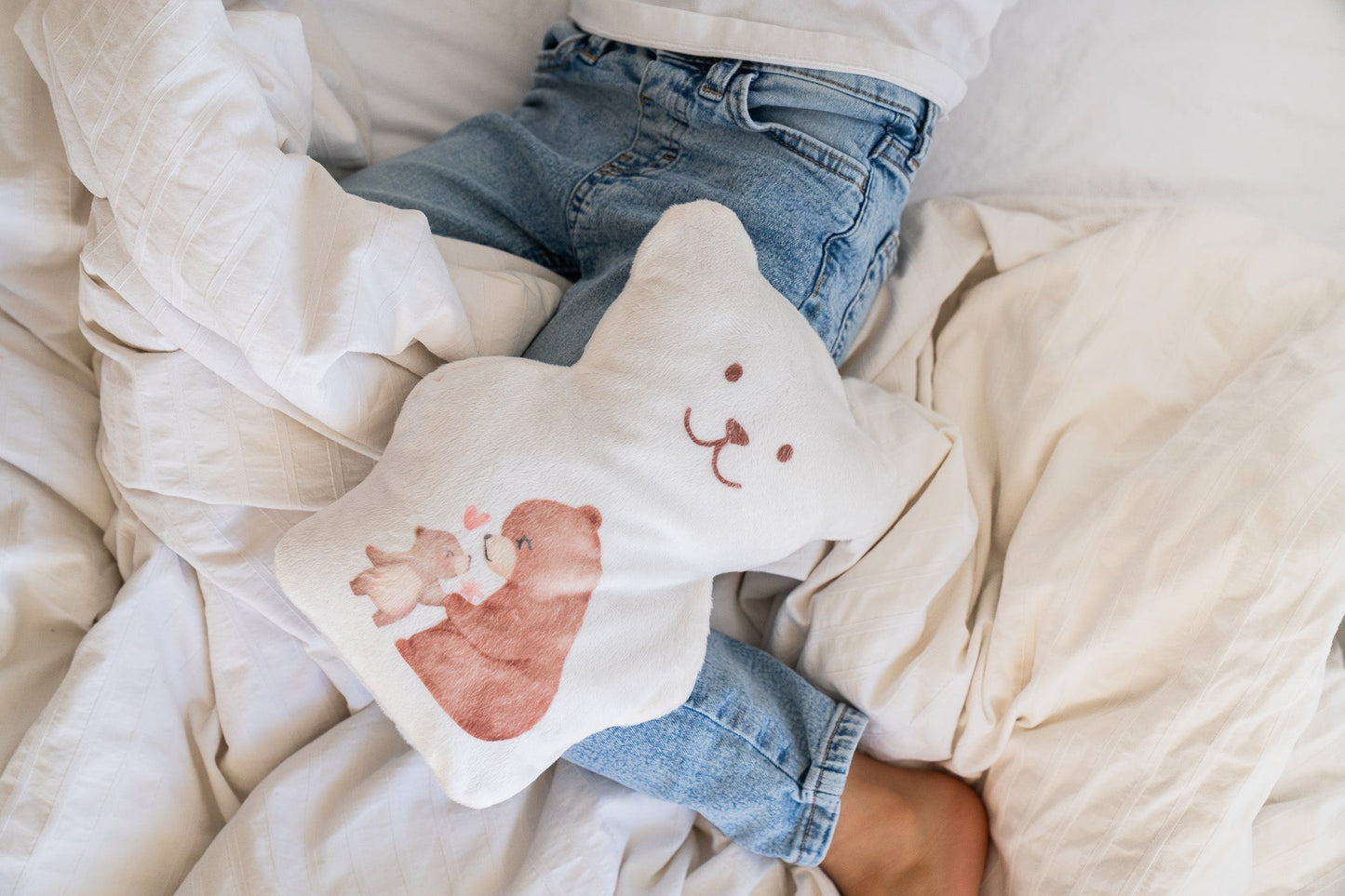
Anxiety is a more common disorder than you might think in children, especially at school age. This feeling of stress can affect behavior , mental health , academic performance , but also interpersonal relationships . The additional challenge that parents may encounter in this situation is that their children are not always able to identify the emotions they are experiencing, which can make detecting stress and anxiety more difficult.
In this article, we present the main signs that can be observed in your children and the tips and habits to adopt on a daily basis to relieve and prevent this overload of emotions with gentleness and kindness. Let's find out now how to support your child in managing their emotions.
How does stress present itself in children?
1. Behavioral changes
An anxious or stressed child may exhibit changes in behavior, such as increased irritability , frequent crying , emotional withdrawal , reluctance to participate in activities he or she used to enjoy, a high need for attention , or unusual dependence on the adults around him or her.
2. Sleep problems
Anxiety can be felt more strongly in the evening for some. Children who experience it may have difficulty falling asleep or staying asleep. They may also have nightmares or recurring dreams that disrupt their sleep. They may need more support than usual to fall asleep.
3. Physical symptoms
They may experience physical symptoms such as headaches , abdominal pain , nausea , vomiting or loss of appetite . They may also experience panic attacks or anxiety when faced with stressful situations. These signs may be harder to associate with stress since children are exposed to different viruses on a daily basis.
4. Changes in eating habits
Children may also experience changes in their eating habits when they are anxious or stressed. They may eat less or more than usual, or have specific food cravings. A change in eating habits will have a direct impact on their physical and emotional health.
Tips and habits to incorporate into daily life to prevent and relieve stress and anxiety.
Encourage children to talk about their feelings
The first step in helping children manage their anxiety is to encourage them to talk about their feelings . By talking to them, you can understand what is worrying them and reassure them. It is important that children know that they can talk about their feelings without being judged or criticized.
Young children will have more difficulty recognizing and naming their symptoms and emotions. It is therefore recommended to use pictograms to help them visually identify the emotions they think they are feeling.
For both the older and the younger, the important thing is to validate their emotions, to make them understand that what they are feeling is normal and to indicate to them the people they can trust to whom they can talk when they relive these big emotions.
Teaching relaxation and breathing techniques
Relaxation techniques are a great way to reduce anxiety in children. You can teach your children deep breathing techniques , meditation, or yoga.
The Béké-Bobo therapeutic bear is the perfect tool to have with you to promote relaxation and to reduce stress and other symptoms associated with it.
Moist heat has proven itself with babies, but also with older children. At bedtime, the hot water bottle helps to relax the muscles and fall asleep more quickly. The weight of the bear also adds a feeling of comfort that is much appreciated by the whole family.
The bear, hot or even chilled, can help relieve physical ailments triggered by anxiety such as headaches, stomach aches, muscle stiffness and more.
Tip from Maggy-Nadyne, mother of Béké-Bobo
This technique has proven itself with several children around me. It is great for anxious children, for those who are learning to manage their emotions and for those who have difficulty falling asleep. Breathing techniques are recommended to help relieve muscle tension.
Step 1: It is not necessary to warm the bear to do this exercise, but the moist heat will provide additional benefits. Follow the instructions on the bear if you wish to use it warm.
Step 2: Place the bear on the child's stomach and ask him to take deep breaths. This way, he will see the bear being lifted with his stomach as he inhales and see it descend as he exhales. The goal is to have the child breathe consciously so that he develops this habit as he grows and thus learns to control his anxiety.
If you don't have your teddy bear, click here to adopt one!
Adopting healthy habits as a family
Regular exercise can help reduce anxiety in children. This can include physical activities such as dancing, cycling, swimming or walking. Physical activity can help release endorphins , the feel-good hormones, in the body. Children who exercise regularly tend to be calmer and more relaxed. By doing physical activities together, you create beautiful family memories and set a good example for the little ones!
Anxiety in children can be harder to spot on a daily basis, but with the right tools, it is possible to gently support them through these big emotions. Also, be patient with yourself, you are doing an exceptional job and helping one or more little ones through more complex stages of their development.
We also recommend that you consult your doctor if you have any questions or medical needs.






